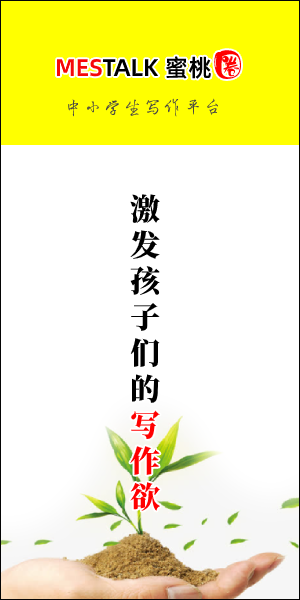Introduction:
As the academic year concludes, it is opportune to reflect upon the experiences, challenges, and successes of organizing and conducting open classes on our campus. The concept of open classes has evolved into a dynamic platform for fostering a collaborative learning environment, and this summary aims to provide a comprehensive overview of our endeavors in this area.
The primary purpose of conducting open classes on our campus was to promote transparency, encourage teacher-student interaction, and showcase innovative teaching methodologies. The objectives included providing parents and other stakeholders with insights into the classroom experience, fostering a culture of mutual trust, and creating an atmosphere that values educational partnerships.
The planning phase involved collaboration between faculty members, administrators, and relevant stakeholders. The selection of open classes was a thoughtful process, considering diverse subjects and grade levels. Timely communication with parents, securing necessary permissions, and creating an organized schedule were integral aspects of the planning process. The involvement of a dedicated planning committee ensured a systematic and well-executed event.
Recognizing the importance of teacher preparation, workshops and training sessions were conducted to equip educators with effective strategies for engaging and interactive teaching. Emphasis was placed on integrating technology, incorporating real-world applications, and creating an inclusive learning environment. Teachers were encouraged to showcase their unique teaching styles while aligning with the curriculum objectives.
Open classes served as a platform for educators to experiment with innovative teaching methods. From project-based learning to flipped classroom approaches, teachers seized the opportunity to demonstrate the versatility of pedagogical techniques. The integration of multimedia resources, interactive activities, and collaborative projects added vibrancy to the learning spaces.
Parental involvement was a cornerstone of the open class initiative. Efforts were made to encourage parents to actively participate, ask questions, and engage in discussions with teachers. Feedback sessions after each open class allowed parents to express their thoughts, concerns, and suggestions, fostering a sense of collaboration between the school and families.
Students played a pivotal role in the open class initiative. Their feedback, observations, and experiences were sought to understand the impact of different teaching methodologies on their learning. Surveys and interviews with students provided valuable insights into their preferences and learning preferences, guiding future planning and improvements.
While the open class initiative yielded positive outcomes, it was not without challenges. Some teachers faced initial apprehension about being observed, and there were concerns about disruptions to the regular flow of classes. Addressing these challenges required ongoing communication, support, and a shared commitment to the benefits of transparency and collaboration.
Assessing the impact and success of the open class initiative involved multiple dimensions. Feedback from parents, teachers, and students was analyzed to identify strengths and areas for improvement. The impact on teacher professional development, student engagement, and overall school culture was considered. The extent to which the initiative contributed to building a sense of community and trust within the school environment was a key measure of success.
Looking forward, the open class initiative will continue to evolve. Continuous professional development for teachers, expanding the scope of subjects and grade levels, and exploring virtual open classes are among the proposed future directions. Additionally, integrating the insights gained from open classes into broader school policies and practices will contribute to a more holistic educational approach.
In conclusion, the campus open class initiative has been a journey of exploration, collaboration, and growth. It has provided valuable insights into effective teaching methods, strengthened the partnership between the school and parents, and created an atmosphere of openness and trust. As we move forward, the lessons learned from this initiative will guide us in enhancing the educational experience for both teachers and students, fostering a culture of innovation and continuous improvement.
